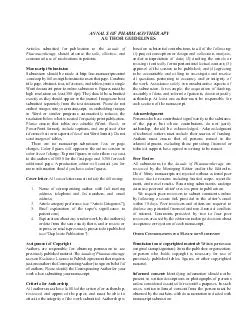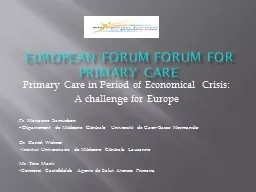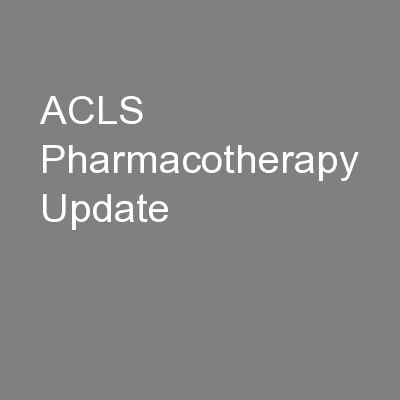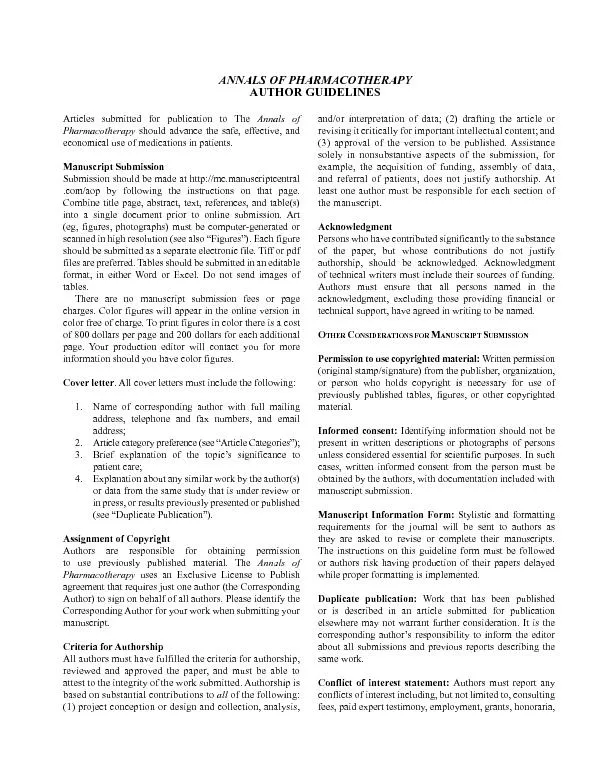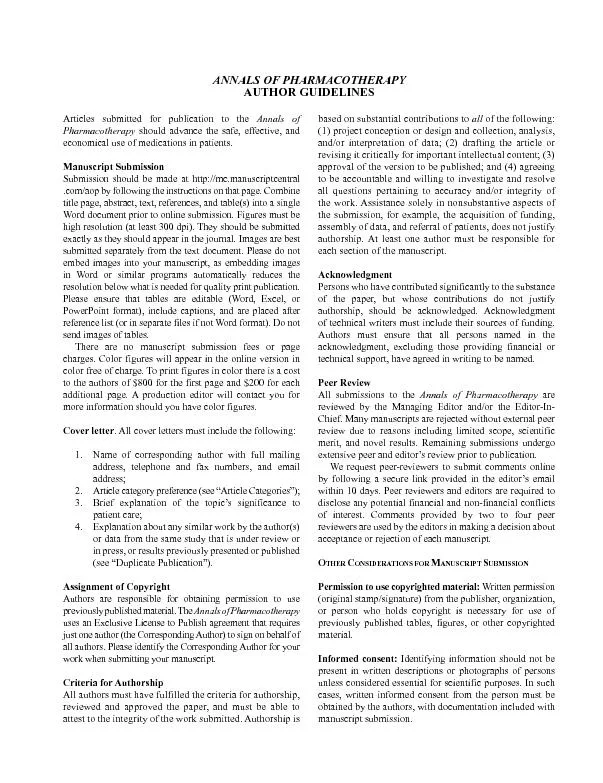PDF-Articles submitted for publication to the Annals of Pharmacotherapy should advance the
Author : danika-pritchard | Published Date : 2015-02-17
Manuscript Submission Submission should be made at httpmcmanuscriptcentral comaop by following the instructions on that page Combine title page abstract text references
Presentation Embed Code
Download Presentation
Download Presentation The PPT/PDF document "Articles submitted for publication to th..." is the property of its rightful owner. Permission is granted to download and print the materials on this website for personal, non-commercial use only, and to display it on your personal computer provided you do not modify the materials and that you retain all copyright notices contained in the materials. By downloading content from our website, you accept the terms of this agreement.
Articles submitted for publication to the Annals of Pharmacotherapy should advance the: Transcript
Download Rules Of Document
"Articles submitted for publication to the Annals of Pharmacotherapy should advance the"The content belongs to its owner. You may download and print it for personal use, without modification, and keep all copyright notices. By downloading, you agree to these terms.
Related Documents

